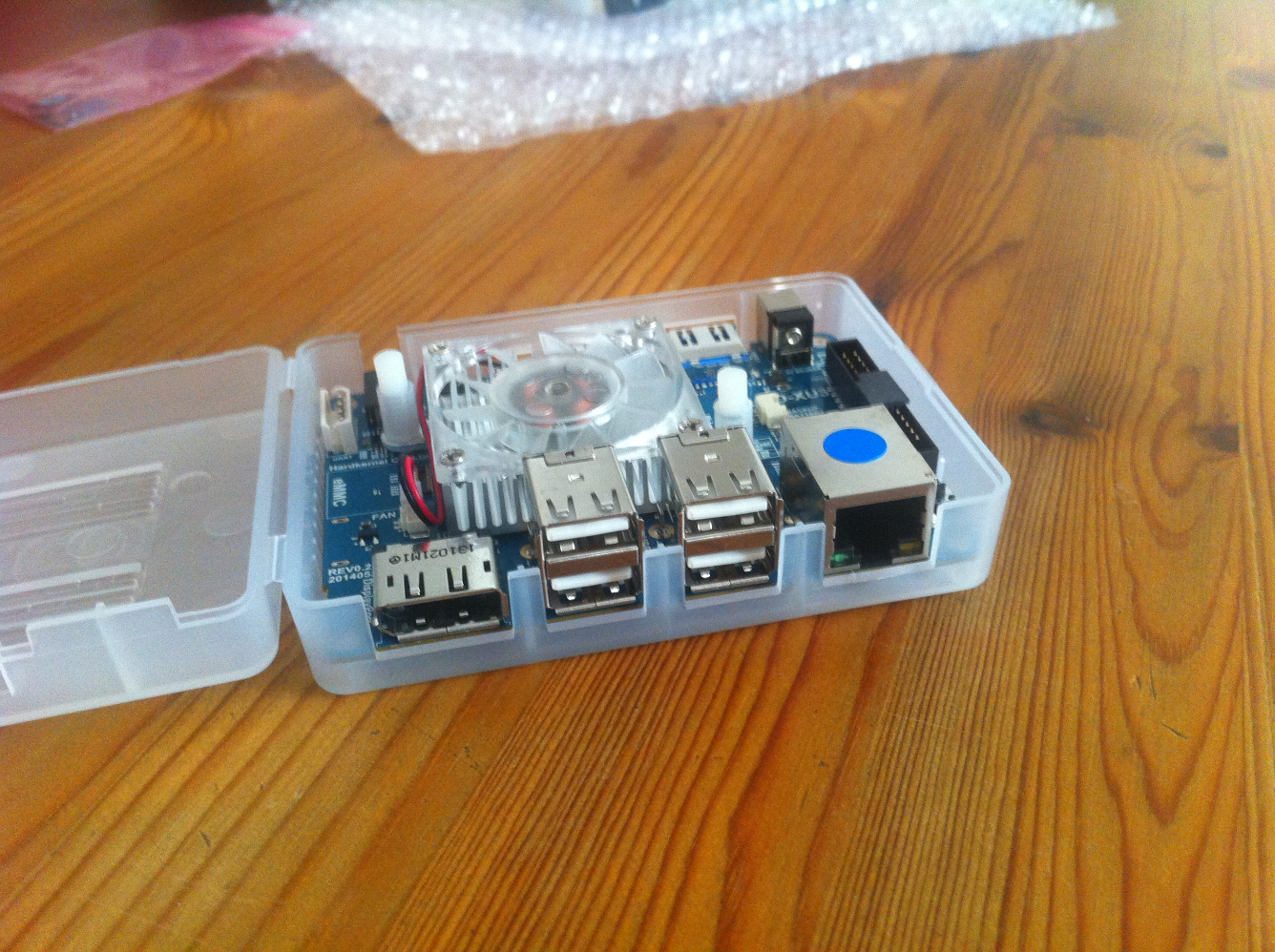

These include the popular Orange Pi, Odroid, and UDOO. If you're wondering, the development team noted the fact that SBCs that were supported by Lakka 1.0 will continue to be supported in version 2.0.

#How to use lakka raspberry pi 3 tv
In terms of hardware support, Lakka 2.0 has been officially tested and can be installed on the Raspberry Pi Zero W and Odroid C2 single-board computers (SBCs), the WeTek Play 2, WeTek Hub, and WeTek Core Hybrid 4K TV Boxes, as well as the S802, S805, and S905 TV Boxes. Lakka 2.0 also includes important Vsync bugfixes for the Orange Pi open-source single-board computer, addresses a resolution-related problem and a white background issue for the WeTek platform, and attempts to fix physical keyboard typing in the menu. Prominent new features of Lakka 2.0 include RetroArch 1.5.0, which alone ships with many changes like a simplified menu, the ability to change the icon on the fly, a redesigned virtual keyboard, support for the Korean language, and intuitive netplay to allow creation/joining of netplay rooms straight from the menu. "We are now using RetroArch 1.5.0, which includes so many changes that listing everything in a single blogpost is rather difficult." Here's what's new in Lakka 2.0 Almost every package has been updated," reads the release announcement. "This new version of Lakka is based on LibreELEC instead of OpenELEC. That's right, Lakka 2.0 is officially out, and the biggest change of this major release that includes numerous new features, support for new hardware, support for new game engines and emulators, as well as lots of under-the-hood improvements and bug fixes, is the fact that it's rebased from OpenELEC to LibreELEC. After being in development for the past six months, the Lakka team announced that their OpenELEC-based operating system for single-board computers reached 2.0 milestone.


 0 kommentar(er)
0 kommentar(er)
